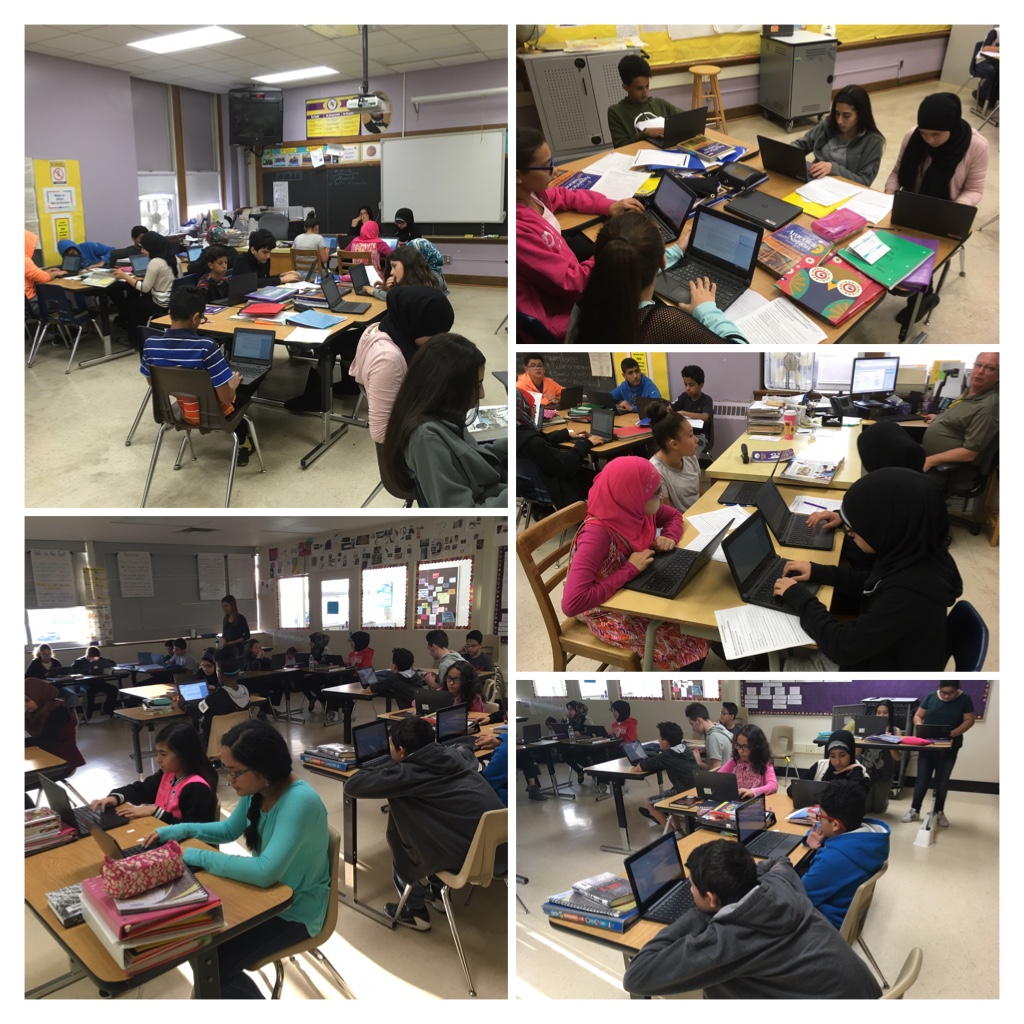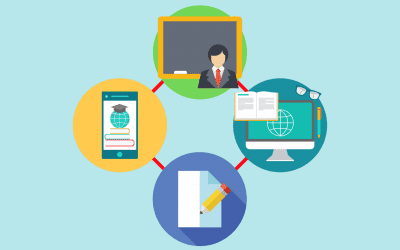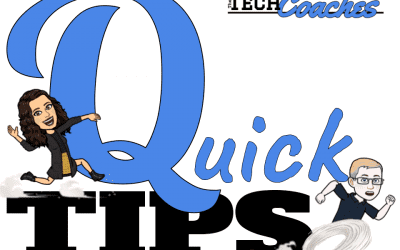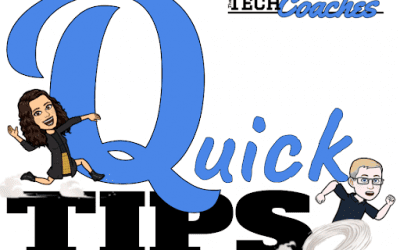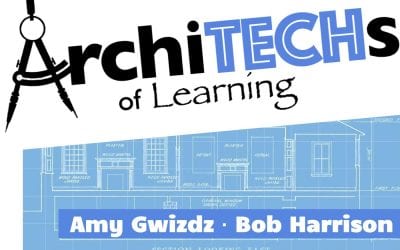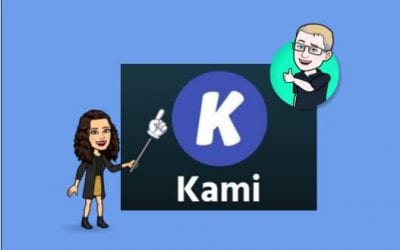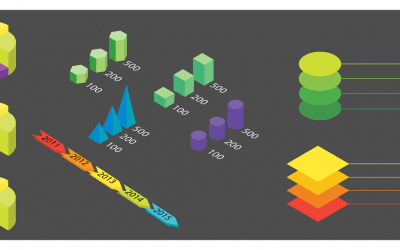Stayin’ Alive Center
Check out the Tech Coaches’ Podcast
ArchiTECHs of Learning
Our latest blog posts…
The Student Experience: Multiply Everything by 6
As we continue thinking about how to structure our classes in moving to the hybrid model, one of the most important factors we need to consider is what the learning experience is like for our students.
As I mentioned in several of the PD sessions I have helped facilitate, we need to design with empathy. What is it like to be a student in this class the way I have structured it? And what is the student’s whole day like?
Tips to Make Your (and Everyone Else’s) Life Easier for Hybrid Learning
The following are some practical considerations for Hybrid Learning. Some of these may make the experience more simplified for your students, take away some of your stress, and make life easier for many involved. 1. Start small. It might be tempting to start off...
Hybrid Teaching 101
As we make the transition from remote learning to a more hybrid approach, there is a degree of uncertainty for every teacher. Much of this stems from our inability to really visualize what it will all look like once it gets going. One way to confront this uncertainty...
B.I.G. Tech PD- Rubrics
There are still available slots for the B.I.G. Tech PD session on rubrics this Monday, February 22nd at 4:15 p.m. This session is open to ALL levels. To sign up, visit the B.I.G. Technology PD for Teachers Schoology course!
QuickTip | How to make sure you’re signed into Google properly
One of the biggest issues with signing in to Schoology, Zoom, and other sites that use Google authentication is that many of these sites we use for school are licensed to allow ONLY Dearborn Schools users to access them. Therefore, if you are signed in with a personal...
Q Tip- Naming Conventions in Nearpod
Here is a Quick Tip from the Tech Coaches on how to prevent students from renaming themselves in Nearpod.
February Resources Elementary Teachers Can Use!
Looking for resources for Black History month, Valentine’s Day, or President’s Day? I’ve got a few for you!
Never Waste a Good Crisis: AoL Episode 4
The Tech Coaches are excited to announce that our fourth episode of ArchiTECHs of Learning is up and streaming! Tune in today!
Kami Installation for Staff and Students
If you haven’t already heard, the district has purchased Kami licenses for our users. Before being able to access Kami, staff and students may have to follow these steps.
B.I.G. Technology PD Available!
Teachers! There are still some spots available for the upcoming Technology PD sessions in the B(ountiful) I(nstructional) G(ains) Technology PD series!
Students need a passcode for Zoom?
Many thanks to the fabulous Sean Williams, network administrator, for the following tip... If your students are experiencing the need to enter a passcode to enter your Zoom sessions, make sure you have the "Embed passcode in invite link for one-click join" setting...
Office Hours Canceled Today
Do to a prior commitment, we have to cancel office hours for today, Friday, January 22nd. You can reach out to the Help Desk at 827-3003 for assistance. Thanks!
Using Nearpod with Schoology- What You Need to Know to Get Started
Now that all district educators have acquired Nearpod accounts, you can add Nearpod presentations right into your Schoology course without ever leaving Schoology. But before you do that, you must link your Schoology account to your Nearpod account.
What We’ve Learned About Linking Schoology Sections
Whatever you do, DON’T unlink your sections after you’ve linked them. And if you do, do so before you start adding materials. Here’s an overview of what we’ve learned so far…
Student-Created Infographics Using Google Drawings
One way students can show their knowledge of a topic is by creating an infographic. Infographics, by nature, require students to summarize their learning and choose only the most important information to present visually and textually. When constructing infographics, students are making models of the world around them while functioning at the top of Bloom’s pyramid.
ArchiTECHs of Learning- Episode 3- Voice and Choice. . . and those Oregon Trail Kids
Hot off the presses! Bob and Amy discuss the importance of voice and choice in the classroom, and give some ideas of how to implement this important strategy in the digital world. Also, when it comes to projects- We weigh in on the three types of kids in your class, the Autobahn kids, the Yellow Brick Road kids, and the Oregon Trail kids. Don’t get caught with a snakebite! Listen today!
Having Trouble Opening Links to Other Sites in Schoology?
Teachers are running into an issue where they want students to open up third party apps and sites in Schoology, but it’s not working. If you are experiencing this issue, try these suggestions.
Important Information on Saving your Zoom Recordings
When you record your meetings to the cloud in Zoom, it’s important to save them elsewhere. We do have a large amount of storage on Zoom, however we have already exceeded it. To avoid having your recordings deleted, we suggest you save them elsewhere.
ArchiTECHs of Learning- Episode 2- Ditch That Felt-Tip Marker
We are so excited to announce that episode 2 of our ArchiTECHs of Learning podcast is up and available!
Connecting Assignments from Other Sites in Schoology
The question has come up about connecting assignments from other sites, like Great Minds, iLearn (Moodle), and Seesaw, into Schoology. You definitely can do this.
How Can Students View Feedback on Schoology Rubrics?
As you may be aware, teachers can give students feedback via rubrics in several spots in Schoology, including on Assignments, Discussions, and essay questions within Assessments. And, in addition to giving feedback via the rubric descriptors, themselves, you may also...
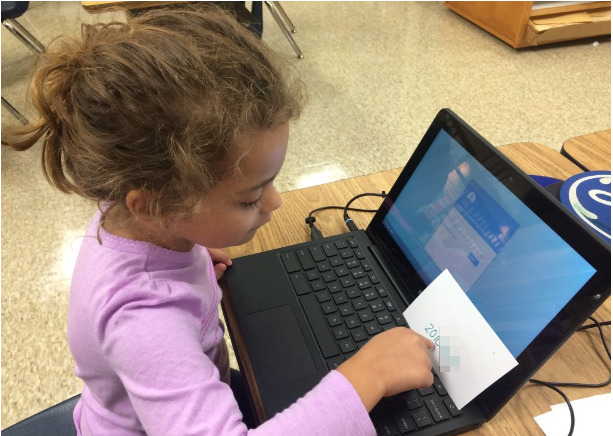
Technology for Lifelong Learning
Our Goal
The goal of instructional technology coaches is to help teachers become effective at using technology to provide the most technology-rich, positive learning environments possible. To this end, we believe effective teachers…
- Facilitate and inspire student learning and creativity.
- Design and develop digital age learning experiences and assessments.
- Model digital age work and learning.
- Promote and model digital citizenship and responsibility.
- Engage in professional growth and leadership.
from Standards for Teachers.
